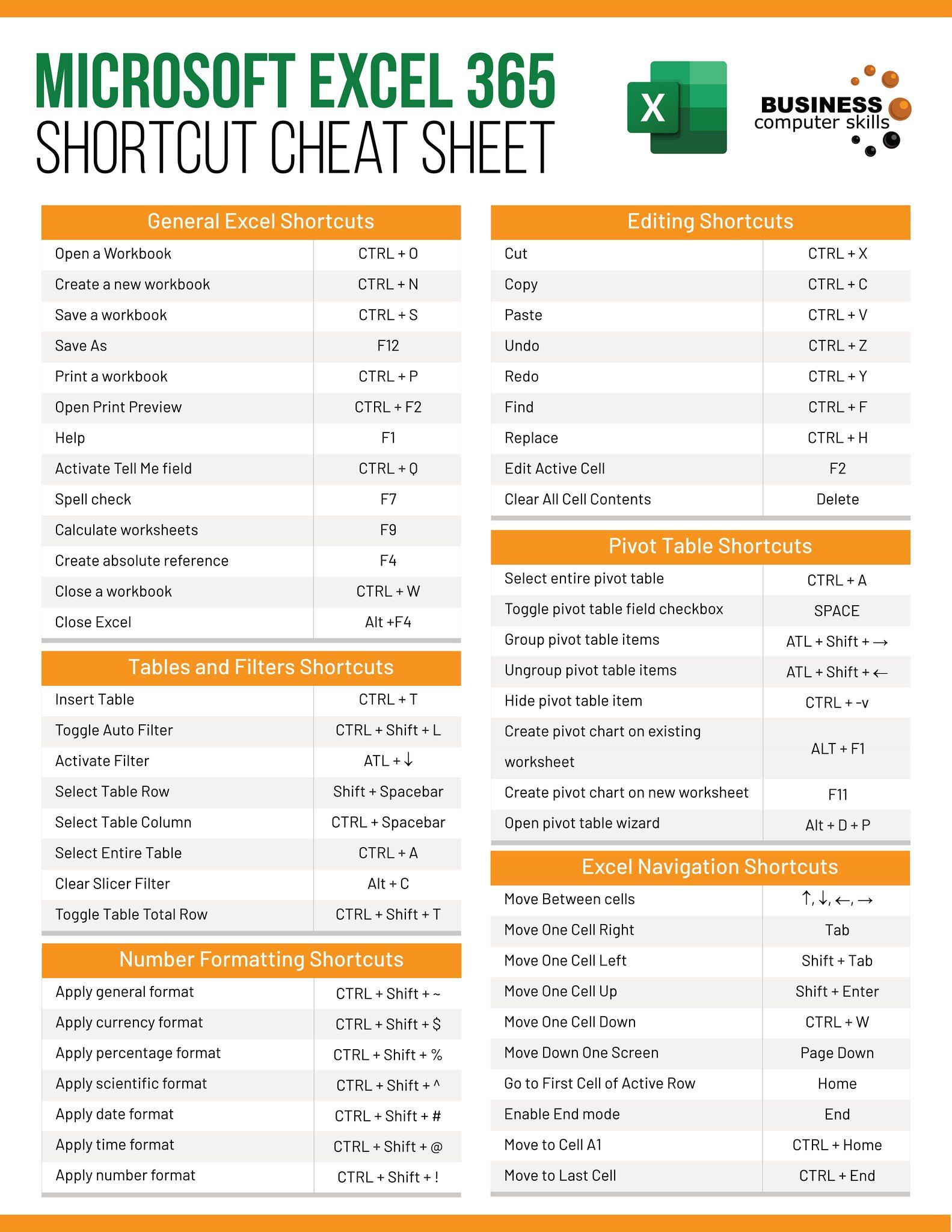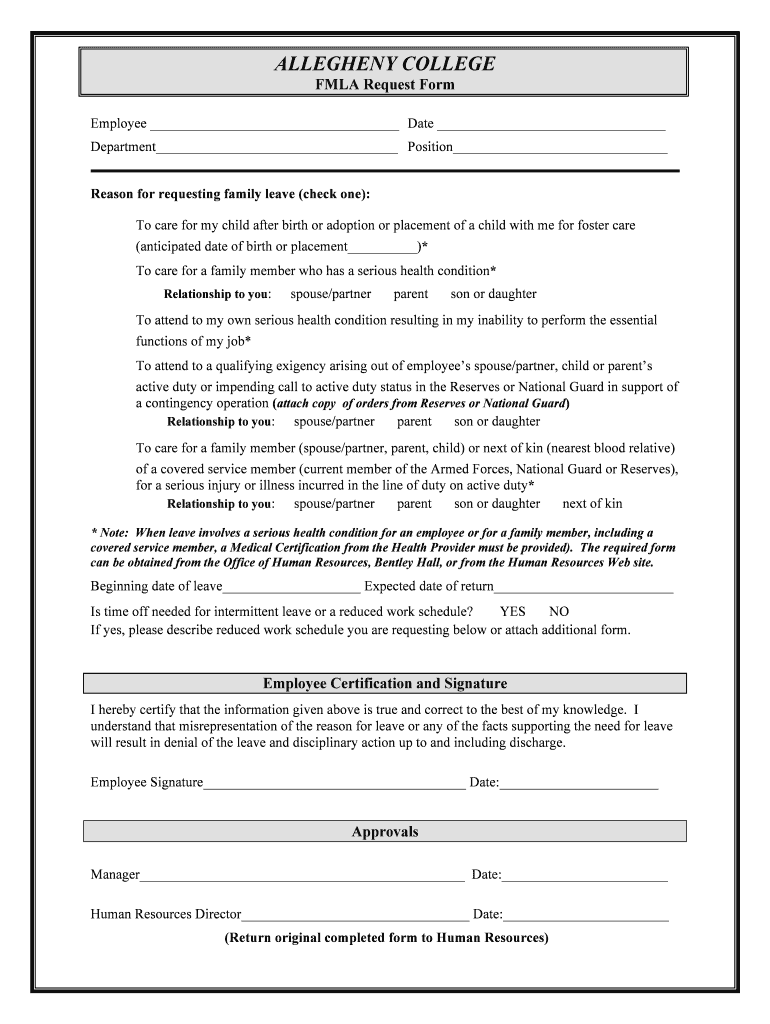Landscape Cost Tracker: Excel Spreadsheet Guide

Managing your landscaping costs effectively is more than just keeping track of what you spend; it's about optimizing your budget, planning for future projects, and ensuring that every dollar invested yields visible, beautiful results in your garden or yard. With the help of an Excel spreadsheet, you can streamline this process, turning what could be a daunting task into an organized, insightful, and manageable endeavor.
Why Use Excel for Tracking Landscaping Costs?
Excel offers unparalleled flexibility for cost management in landscaping for several reasons:
- Customization: Tailor the spreadsheet to fit your project's unique needs.
- Automation: Use formulas to automate calculations, saving time.
- Analysis: Visualize your spending with charts, aiding in better decision-making.
- Portability: Access your data on multiple devices, ensuring you always have your financial plan at hand.
Setting Up Your Landscaping Cost Tracker
To begin, set up your Excel sheet to track all relevant costs:
Create Tabs for Different Aspects of Your Project

- Overview: A summary of the total project cost and breakdown by categories.
- Planting: Track costs for plants, seeds, and related supplies.
- Hardscaping: Costs for pathways, patios, and other structural landscaping.
- Maintenance: Ongoing costs like lawn care, pruning, and pest control.
- Labour: If you hire professionals, keep track of their services.
- Utilities: Water usage, equipment rentals, and any other utility expenses.
Data Entry

For each category:
- List items purchased or expenses incurred along with their costs.
- Include date of purchase or when the expense was made.
- Enter who you bought from or who provided the service.
Formulas and Functions
Utilize Excel's formulas for:
- Summing total costs per category.
- Calculating percentages for cost distribution.
- Automating reminders for maintenance tasks using conditional formatting.
Sample Table: Planting Costs

| Date | Item | Quantity | Unit Cost | Total Cost |
|---|---|---|---|---|
| 01/01/2023 | Roses | 5 | $15 | $75 |
| 05/01/2023 | Seeds | 1 | $10 | $10 |

💡 Note: Always ensure that the dates align with the project timeline, as this helps in forecasting future expenses.
Analyzing Your Landscaping Costs

After collecting all your data, here's how to analyze it:
Visualize Expenses

- Create pie charts or bar graphs to illustrate cost distribution.
- Highlight over-budget items using Excel's data bars or color scales.
Forecasting

Use historical data to:
- Estimate future costs for similar projects or maintenance.
- Identify seasonal trends in spending for better budgeting.
📝 Note: Regularly update your spreadsheet to keep track of inflation rates, which can affect future cost forecasts.
Managing Maintenance Costs

Maintaining a landscape involves ongoing expenses:
Tracking Recurring Expenses

- Monthly or seasonal subscriptions for lawn care services.
- Regular purchases for fertilizers, mulch, or water features.
Creating a Maintenance Schedule

Incorporate a calendar view or a separate tab for scheduled tasks:
- Automate reminders for pruning, watering, and other tasks using Excel's date functions.
Integrating Labour and Professional Services
If you're hiring professionals:
- Track hours worked or the scope of work completed.
- Monitor costs associated with different aspects of their service, from initial consultations to project completion.
Wrapping Up
Excel spreadsheets provide an invaluable tool for tracking and managing landscaping costs. By setting up a detailed tracker, you not only keep your budget in check but also gain insights into your spending patterns, helping you make more informed decisions for future projects. Whether you're a homeowner, a landscape designer, or a professional gardener, using Excel to manage your expenses ensures you get the most out of your investment in creating and maintaining your outdoor spaces.
How often should I update my landscaping cost tracker?

+
You should update your tracker with every new expense or at least weekly if expenses are incurred frequently. This ensures accuracy and helps in real-time budget management.
Can I track tax-deductible expenses in my landscaping cost tracker?

+
Yes, you can designate a column or tab for potential tax deductions related to landscaping activities, such as utility expenses or certain types of plants if you’re a business.
Is it possible to share the spreadsheet with my team or professionals?
+Absolutely, Excel allows you to share your spreadsheets online via OneDrive or through email. You can set permissions to allow others to view or edit the document as needed.
How do I account for future costs like seasonal replacements?
+Create an ‘Annual Budget’ or ‘Forecast’ tab where you estimate costs for upcoming seasons or replacements based on historical data, allowing for inflation or changes in project scope.
What if I make changes or additions to my project after the initial setup?
+Make sure to update your spreadsheet to reflect any new purchases or changes in plans. Excel’s flexibility allows you to easily add new categories or modify existing ones to accommodate project changes.



